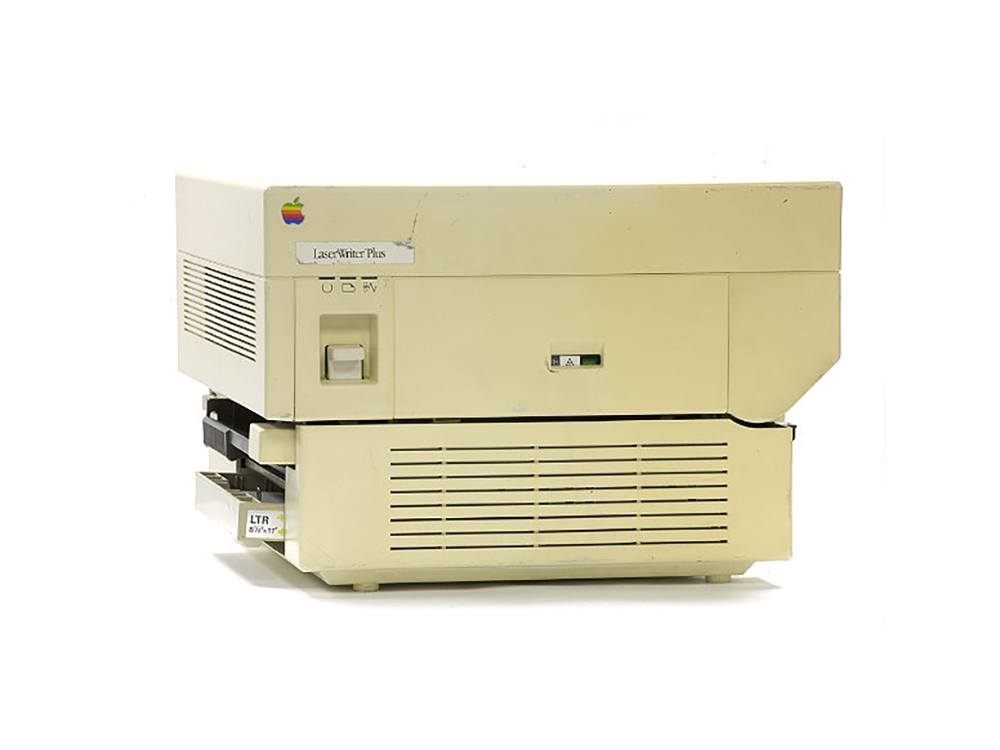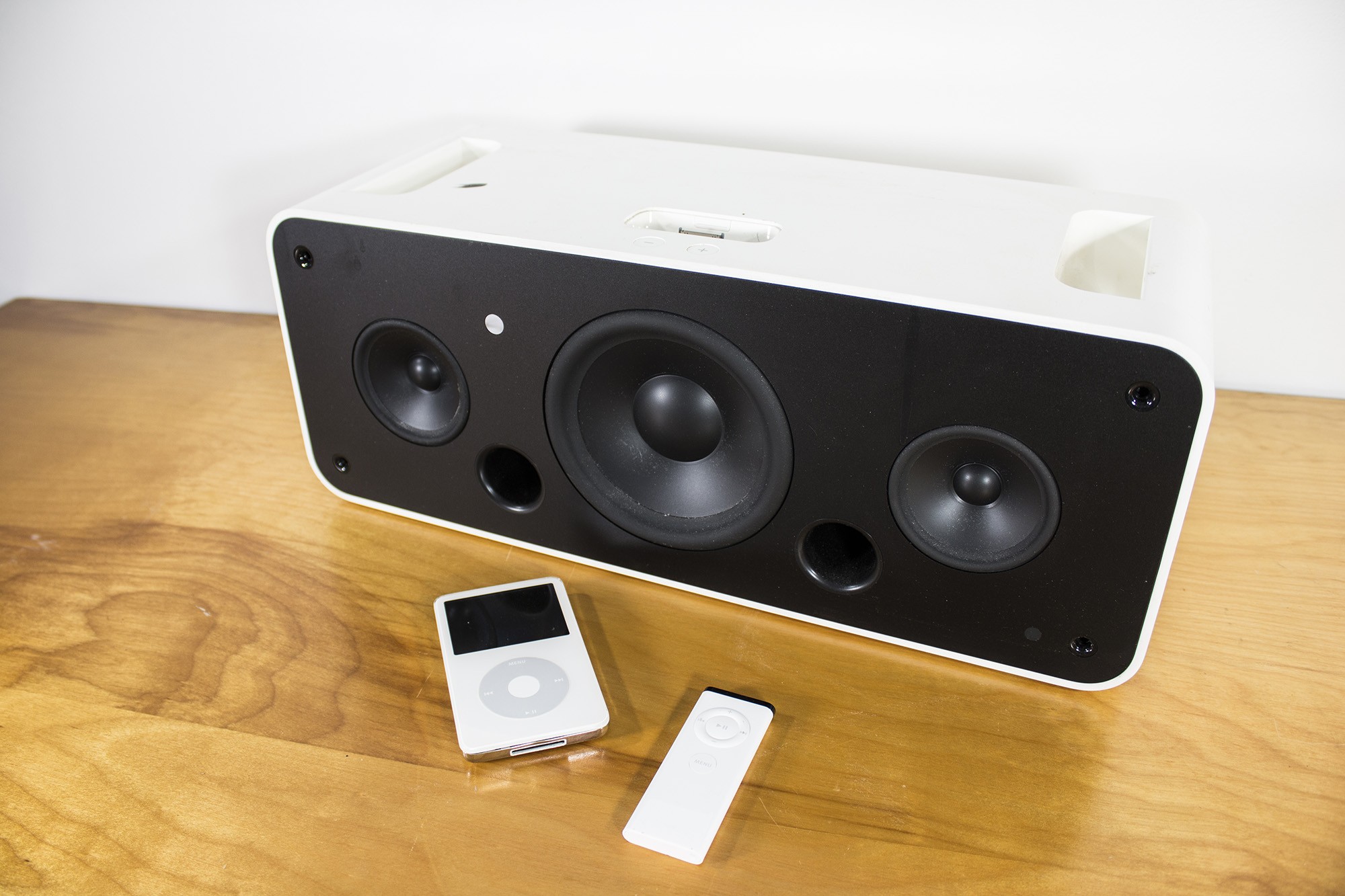This year, Apple has exited the external display business and is rumored to be discontinuing its AirPort wireless routers.
These developments have left a bad taste in many users’ mouths, but 2016 isn’t the first time Apple has shuttered an entire product line.
By my count, there are five major categories of products or devices that Apple has abandoned over the years.
Digital Cameras
In 1994, Apple launched one of the first consumer digital cameras, the QuickTake 100. The sandwich-shaped camera could store eight photos at 640×480 resolution. It had no focus or zoom controls, but did include a flash. The camera had to be hooked up to a computer to view, import or delete files.
The QuickTake line would evolve quickly. The 150 came with a snap-on lens that would allow for closer focus. The 200 — in a more traditional body — added controls for both focus and aperture and could store images using a removable media card.
Like many Apple hardware accessories from this time, they were developed in conjunction with other companies. In this case, Kodak developed the 100 and 150, with Fujifilm building the 200.
The QuickTakes never sold well. While Apple may have been one of the first companies to market, once mainstream camera companies joined the party, sales continued to fall. The QuickTake project was ended in the Great Product Bloodbath that took place when Steve Jobs returned at the very end of 1996.
Printers
Apple’s printer business started four years before the original Macintosh made its debut in 1984. That first printer — the Silentype — brought 80-column thermal printer to the Apple II and Apple III.
The ImageWriter came along in 1984, bringing its dot-matrix goodness to Macintosh users who had $675 to burn. The next year, Apple released the LaserWriter, the company’s first network printer.
The ImageWriter dot matrix and LaserWriter printers spun off several subsequent models each, until Apple had a robust line of personal and professional printers spanning numerous models.
image via The Computer History Museum
In 1990, the StyleWriter black and white ink jet printer replaced the ImageWriters. In 1993, Apple added a color ink jet printer to its line. By the mid 1990s, the company was offering all sorts of options to its customers.
Steve Jobs killed them all off in 1998.
Scanners
In 1988, the Apple Scanner was released. It was a 16 level grayscale, 300 dpi flatbed scanner that attached to any Mac with a SCSI port. It was short-lived product, replaced by the Apple OneScanner just three years later.
image via Stephen Edmonds
The OneScanner offered 256 levels of grey, with 1995’s OneScanner adding color support. Later models picked up goodies like automatic document feeders and support for higher resolutions.
The OneScanner line was discontinued in 1997 by You Know Who.
External Speakers
Over the years, Apple has stated that music is at the heart of what the company does. While that’s meant things like the iPod or Apple Music, Apple has released several sets of external speakers over the years.
The first was back in the early and mid 1990s. The AppleDesign Speakers initially came in Platinum to match the Mac line of the time, while the second generation came in gray to match the PowerBooks and the ill-fated PowerCD music player.
In January 2001, Apple shipped the Apple Pro Speakers. These speakers were built in partnership with Harman/Kardon. The speakers and electronics are encased in clear acyclic globes with flat bottoms to prevent them from rolling away. The speakers were part of many Power Mac, Cube and iMac G4 setups. As Apple transitioned to G5-powered systems, the speakers quietly went away.
The last stand-alone speaker product Apple shipped 2006’s iPod Hi-Fi. The iPod-powered home stereo product included two 80mm speaker cones and a 130mm subwoofer. It retailed for $349 and was on sale for just a year and a half.
External Storage Devices
Apple’s first external storage product was the ProFile drive. With support for the Lisa, Apple IIe and Apple III, the drive was 5 MB and cost $3,499 when introduced in 1981.
In the late 80s, Apple introduced an 20 MB external hard disk with the Macintosh 512K and then a series of drives ranging from 20 to 80 MB.
By 1989, these products were gone, and Apple didn’t sell anything else noteworthy in this category until 2003 when it introduced the Xserve RAID:
With prices ranging from from $5,999 - $10,999, the Xserve RAID was designed for enterprise customers who needed rack-mountable storage attached to their Xserves over fiber for high-speed data access.
While the Xserve would last until January 2011, the Xserve RAID was taken off the market in 2008.
Now what?
When Jobs came back to Apple, many products met their demise as he forced Apple to focus on just a few products. That drive led to the greatest turn-around in this history of technology companies.
Today, Apple is bigger then ever, both in terms of headcount and in cash on hand. Are things like the Thunderbolt Display and Time Capsule going away to help the company focus, or are they merely victims caught in the Post-PC crossfire? Will ditching these products result in the same gains as killing off printers and scanners and cameras once did?
Beats me. Here’s hoping they haven’t died in vain.







